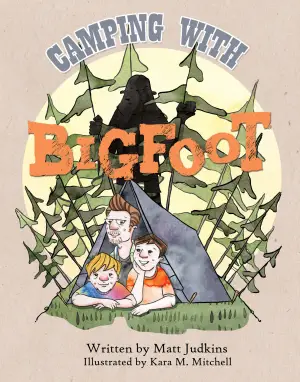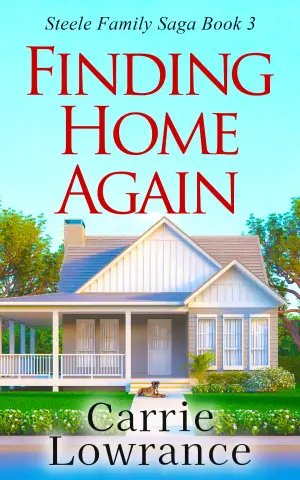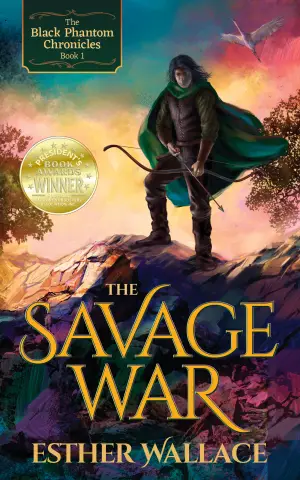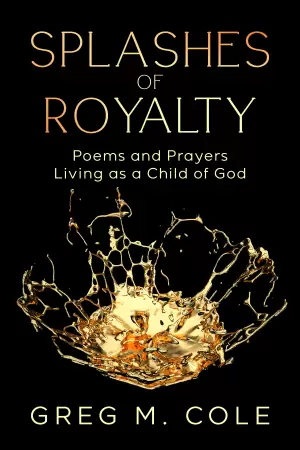A Journey Through Dystopia: My Thoughts on Fable for the End of the World
When I first stumbled upon Fable for the End of the World by R.L. Esplin, the title piqued my curiosity. It suggested an exploration of profound themes within a carefully constructed universe, something I’m always eager to dive into—especially given my affinity for dystopian tales. Little did I know how deeply it would resonate with my own thoughts on survival and societal structures. Upon finishing this intricately woven story, I found myself reflecting not just on the world of New Amsterdam but also on the nature of hope in despair.
At its core, Fable for the End of the World invites readers into a society ravaged by the aftermath of nuclear war, where survival hinges upon a chilling game called the Gauntlet—an idea both inventive and haunting. The premise evokes familiar notes of The Hunger Games, yet it stands apart through its innovative constructs and stark commentary on capitalism and morality. It explores what it means to be a “Lamb” or an “Angel” within this grim hierarchy managed by the shady corporation, Caerus. The way debts suffocate the population felt eerily reflective of our real-world struggles with subsistence and societal pressure.
One of the most compelling aspects of the book is its dual protagonists: Inesa, the reluctant sacrificial Lamb, and Melinoë, the ruthless Angel. As I followed their intertwined journeys, I became invested in their struggles, poignant relationships, and evolving identities. Inesa’s fight against the burdens of her family’s debts, alongside her passion for preserving memories through taxidermy, paints a beautifully tragic picture. Melinoë’s journey, on the other hand, serves as a chilling reminder of how societal constructs can strip away humanity. Their stories gracefully collide, presenting a nuanced exploration of choice and consequence, survival and remorse.
Esplin’s writing style is beautifully immersive, rich with atmospheric detail that transports you straight to this dystopian landscape. The pacing ebbs and flows, aligning perfectly with the tension built around the Gauntlet. I found myself utterly captivated during the book’s beginning; it felt like a feast of ideas that I wanted to savor. The worldbuilding is so intricate that I yearned for more depth and exploration—perhaps a hint at a potential sequel?
While I thoroughly enjoyed the experience, I must admit that the ending left me feeling conflicted. Without revealing any spoilers, it carries an understated message about the nature of change: it’s slow, sometimes anticlimactic, yet undeniably essential. This could polarize readers; some may crave more excitement, while others, like myself, will appreciate its subtle reflection on personal revolutions as catalysts for social change. It’s a reminder that every small act of compassion can spark a bigger shift, even within an oppressive system.
In wrapping up my thoughts, Fable for the End of the World is a fresh take on a beloved genre, filled with innovative concepts that will undoubtedly captivate many readers. Fans of dystopian literature, especially those who appreciate deep societal critiques woven into personal narratives, will find themselves drawn into this world. I came away inspired and hopeful, urging readers to recognize the power of compassion in a world that often feels like it’s sinking.
If you’re seeking a story that prompts reflection while challenging conventional narratives, I highly recommend giving this book a try. Thank you, Del Rey, for providing me with an ARC in exchange for an honest review; it was a journey worth taking!
Discover more about Fable for the End of the World on GoodReads >>










